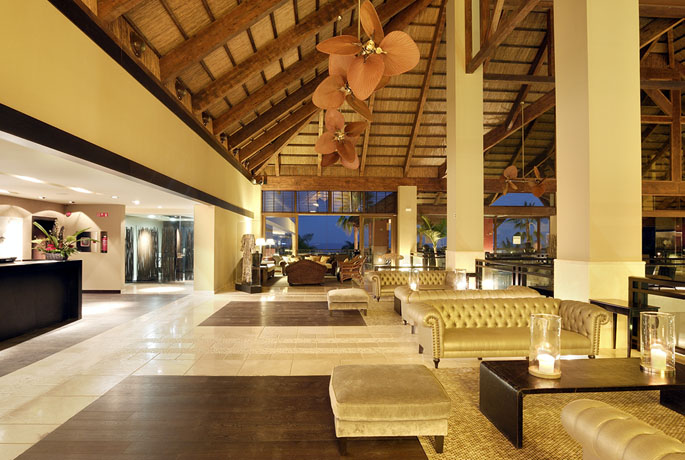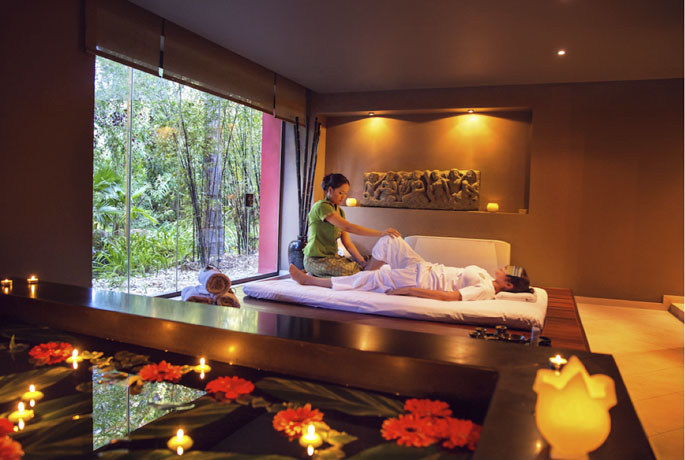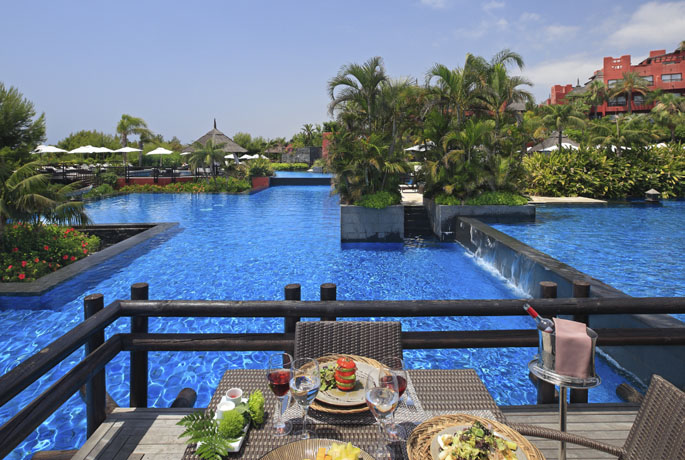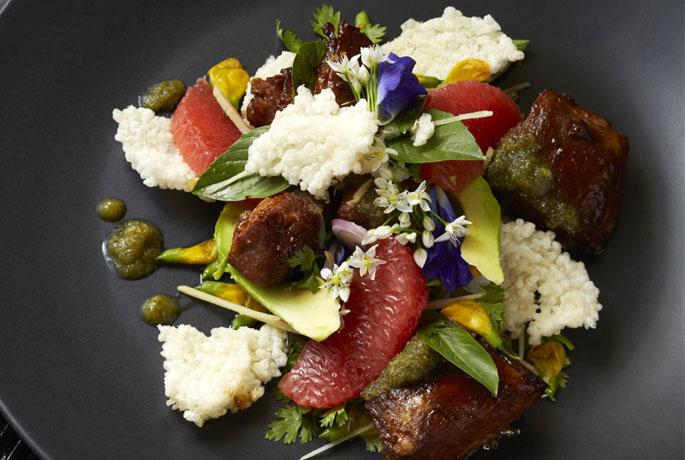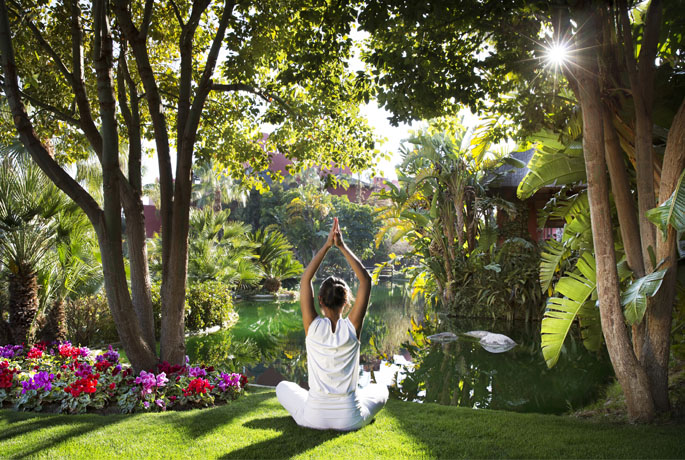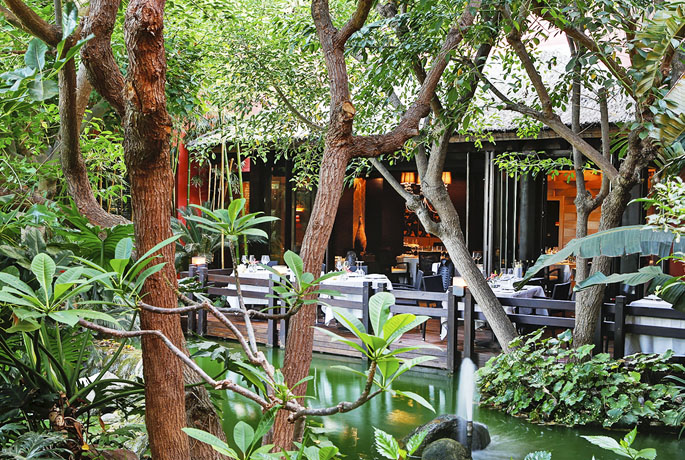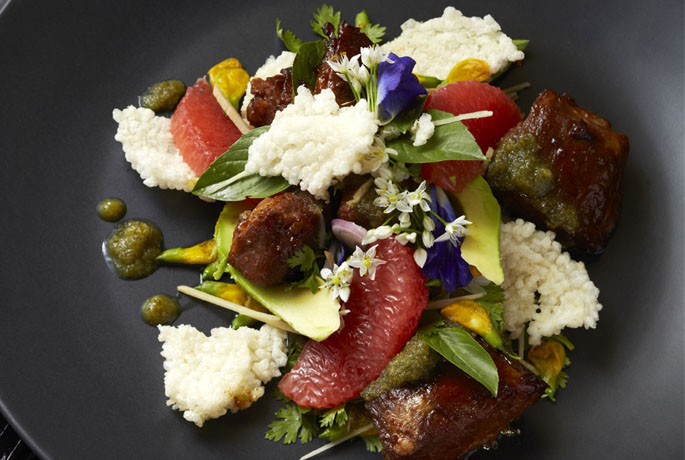It´s time to celebrate, and at the luxury hotel in Alicante Asia Gardens Hotel & Thai Spa we are all set to welcome Christmas and the New Year. That´s why today we are travelling to China, specifically to Hong Kong, to enjoy it famous winter festival.
In winter, Hong Kong´s skyline dazzles more than usual, as the buildings are getting ready for Christmas. The beautiful Victoria Bay shines even with more glamour and the festive ambiance passes on both tourists and locals.
Hong Kong´s winter festival, known as Hong Kong Winterfest, is the centre of Christmas celebrations in Hong Kong. This is a popular festival, which fills the city with Christmas colours, lights and sounds. This past December 1st, as every year, the lighting of the huge Christmas tree located in Statue Square, and built from 20,000,000 pieces of glass, kicked off this Christmas celebration, which lasts until January 1st.
The festival includes a series of events sponsored by the Hong Kong Tourism Administration. Let´s go over the most important ones:
Hong Kong Pulse Light Show. This is the first festival of Hong Kong Winterfest. This is a multimedia performance with spectacular lighting effects and 3D projection mapping, music and sound effects at the Hong Kong Cultural Centre Open Piazza. It projects from random geometric shapes to anime cartoons for the little ones. This is one of the most amazing shows performed during the Winterfest, the reason why it is performed three times a day, from November 25th to December 28th.
Xmas In The Air at Harbour City. This show consists of a giant Santa airship which is 20 metres long, 7 metres high and built of 2,000 blinking LED lights. This is the main attraction of Harbour City shopping mall. This shopping mall invites its customers to experience Christmas from the air at the Ocean Terminal terrace. It takes place from November 21st to January 1st.
Besides, other shopping malls also join Hong Kong Winterfest with sales before New Year´s Eve and many flashy ornaments. They dress up with Christmas balls and their facades light up with festive images.
The amazing Hong Kong´s bay has moved to the luxury resort in Alicante Asia Gardens Hotel & Thai Spa to welcome the new year. Celebrate the most special night of the year in Southeast Asia in the Mediterranean.

